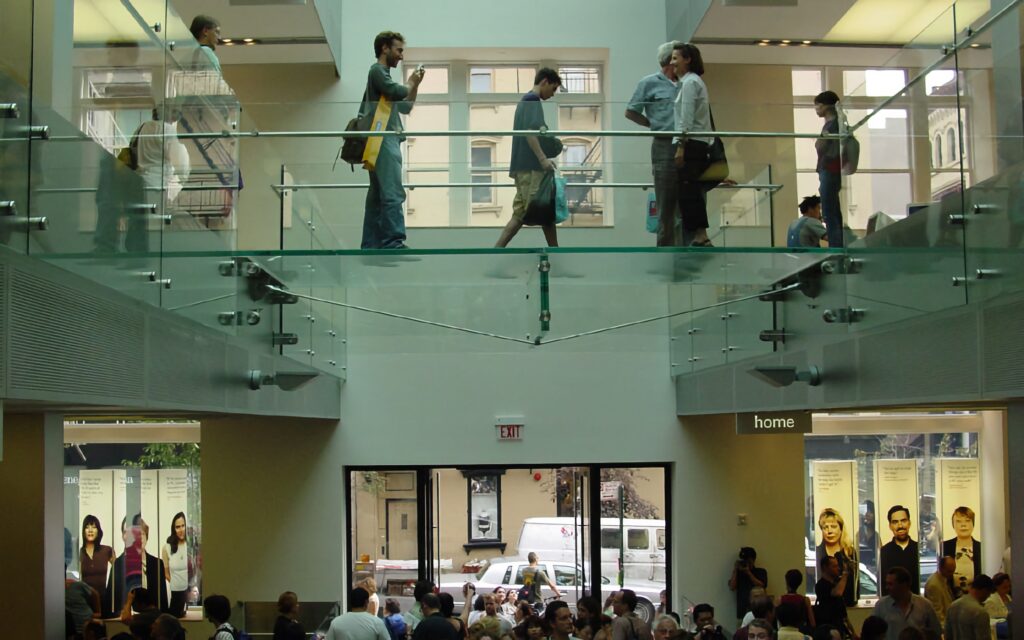It’s been over 100 days since I started this daily photo thing. Seems like 100 years.
Wait. That didn’t come out right. I should start again.
It’s been 100 days since I started this daily photo thing. No one’s dead yet.
Gad.
The point is, it’s still going. I’m not good at regular things like this so I count this as a real accomplishment, frankly. And, it happened in the face of a few photo-related bumps in the road.
Bump 1: Process
I have yet to figure out how to reliably edit and post while traveling. Yes, the technology is there. It’s the gumption that appears to be missing. I’m really lazy when I travel and as soon as the work of whateveritis I’m doing is done, I tend to fall right to sleep.
Compounding this, the big photo trip in this last 100 days took me to Coalmont, Colorado and Eagle’s Wing Ranch to shoot a growing herd of bison. The story is around this working ranch at the end of the road from anything USA as they end their 5-year building stage and transition into ethical working production stage. I’d gone for the births — they were expecting 120 calves. I got one baby. One. Babies are born when they are born, no matter what the species.
Bump 2: Technology
I made the decision to migrate from my photo software partner of choice for the last six years (Apple’s Aperture), to a new partner, Adobe’s Lightroom. It took me over a year to make this call thanks to the sheer magnitude of the move. See, each application handles images in a different way once you make edits to them. Crop an image, change it to black and white, whatever, and Aperture makes a copy of the image and applies your changes to it. In that way, your original file is saved in case you ever want to go back and do something different to it down the road. That also means that when you make a move like I did, you end up having to export first your original masters, the files that have been copied to make changes to, and the finished versions, the published images with effects applied.
Lightroom handles this whole process very differently than Aperture, part of the reason for my move, and making all this line up in my head was tricky.
Why the big pain, Pete? I know you’re asking yourself this. I did, too. The answer is scale. It isn’t hard to move a few hundred images. Maybe even easy to move a few thousand. But I moved 47,851 images from Aperture to Lightroom and frankly, that number stressed me out.
Upside, as long as I’m ranting: Lightroom is screamingly fast. Scrolling through my nearly-50k image database, with originals stored on a network drive, is simply unbelievable. I feel like I’ve just been jostled awake with smelling salts after being beaten in my sleep for 6 years by comparison.
Second, the way Lightroom handles non-destructive editing is a dream.
Third: DNG. I made the move and converted my RAW images to DNG and so far I’ve been very impressed. Color interpretation is right on with how I remember shooting the images and file activities are very fast and efficient.
Fourth: Oh my god PUBLISHING SERVICES. That Aperture doesn’t offer some comparable feature for what Lightroom got SO RIGHT here is something that should make Apple Aperture devs stay up all night.
Bump 3: Gear
When I switched from Canon to Nikon, I did it with the first full-frame Nikon, the day that camera hit the streets of Portland. Literally. I’m still shooting with that camera regularly and I love it.
Last month, I made the call to switch from a traditional video camera to dSLR video, which my D3 does not do. So I had to add gear.
I went with another VERY new camera in the Nikon line, the D7000. It does so, so much of what the D3 does, and it does it so very well, in a much smaller package. The early video projects I’ve taken on using this camera have been superb experiences. It’s no RED, but for the stuff I do it’s absolutely perfect.
So these bumps, right? They all slow me down in their own special way. Whether I’m just looking for more sleep, dealing with new tools or new gear, they’re all forces acting in the way of me doing the things I generally want to do, after all the things I need to do are done.
And yet, I’m still celebrating. The Daily Photo thing is a project I put on my own plate just to keep moving forward. To keep looking at images in a new way. And without a specific daily goal (photo-365 for a year and all that whatnot), I’m finding I’m getting far more joy out of the process of processing than I ever have before, and that’s been a driver all by itself.
If you haven’t discovered the Daily Photo, here’s how you find it:
- Sign up for the mailing list. This is by far the preferred way of getting the daily pic, particularly preferred if you’re me since that means I get your email address and can send you love notes, and maybe a cake someday.
- Like me on Facebook. Yes, I have a Pete Wright Photo “artist” page on Facebook where I post the Daily Photo as soon as it hits my site.
- Follow me on Twitter. Links post there, too. Added benefit of Twitter is that you get more me, with other links to things that are fully awesome.
- Visit petewright.co every single day. Yeah, I like my own site, but who are we kidding? You’re not going to do that. Just go sign up for the list and call it good.
That’s all for this update. Now, back to legos.

